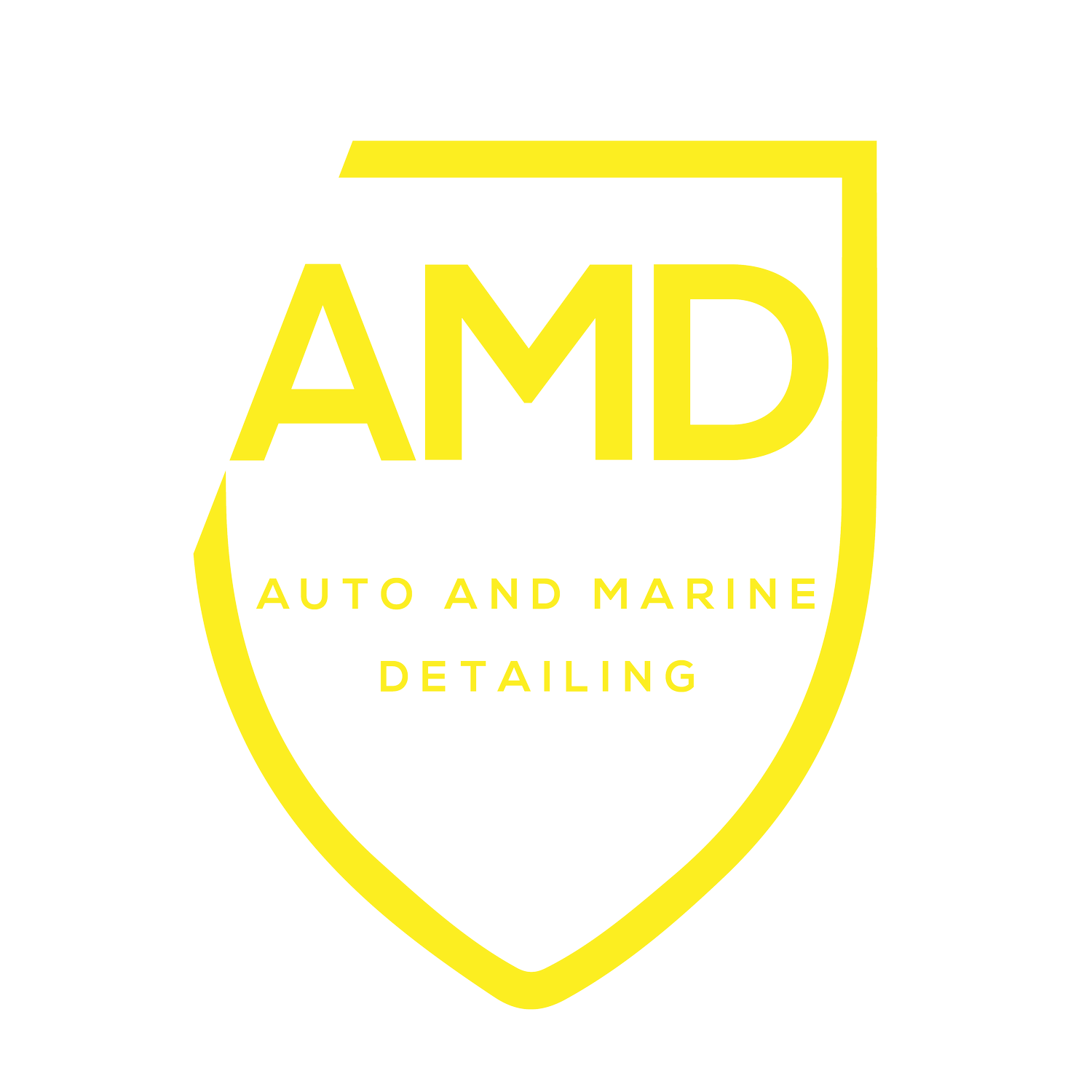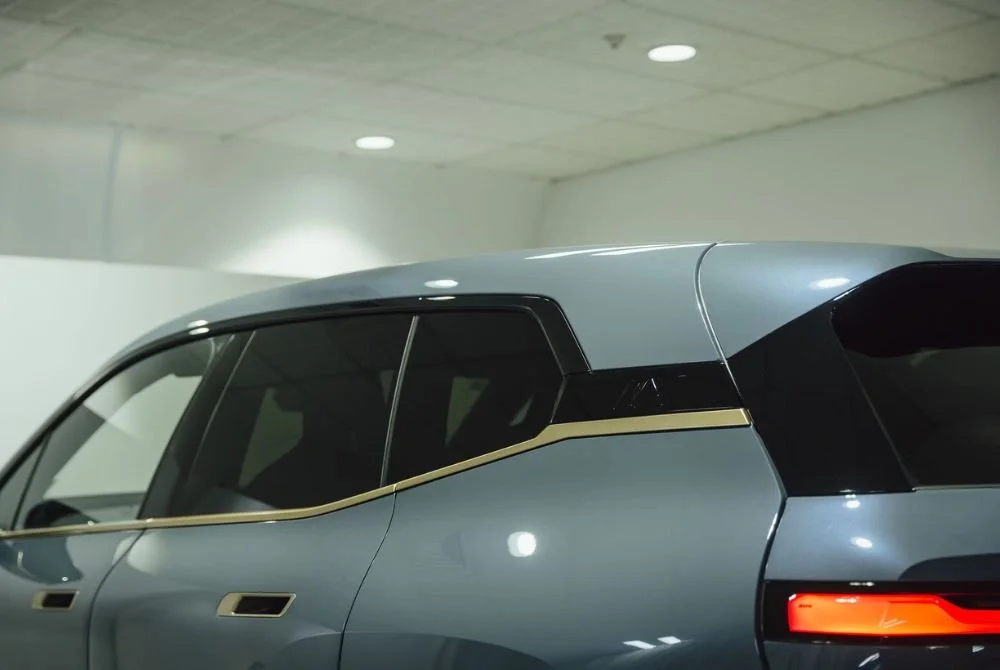The Car Repaint Process and Costs Explained
When to Restore Paint vs. Repaint Entire Panels
As detailing and protection specialists, we often get asked whether a vehicle's paint can be saved with polishing or if it's too far gone and needs a full repaint. The answer depends on the condition of your paint, specifically, the clear coat, which is the outermost protective layer of your vehicle’s paint system.
When Machine Polishing Can Save Your Paint
If your vehicle's paint is dull, lightly scratched, or showing signs of swirl marks, but the clear coat is still intact, a paint correction using machine polishing can dramatically restore gloss and clarity. This is the most cost-effective and paint-safe approach, as it retains your original factory paintwork.
However, if the clear coat has cracks, has flaked off, or is showing signs of failure (like cloudy patches or peeling), polishing won't help. In fact, trying to polish a compromised clear coat can make things worse. This is when you’ll need to consider repainting.
Understanding Repainting Options and Costs
1. Patch Spraying or Spot Repairs
If there’s a small scratch, chip, or scuff isolated to one area, spot repair or patch spraying might be an option. This involves sanding and respraying the affected area only—sometimes with a fine airbrush to minimize the visible repair.
Pro tip: Many budget patch jobs skip applying a clear coat, especially when done by mobile services or cheaper outfits. Without a clear coat, the touch-up area can fade quickly, especially under the harsh NZ sun. Always confirm that your repair includes a UV-protective clear coat.
Cost: $100–$300+, depending on the size and location.
2. Low-Cost Panel Shops
If a full panel needs repainting (e.g., a bumper or door), some people opt for cheaper panel shops. These businesses often complete jobs quickly by removing as few parts as possible, masking off trim pieces rather than removing them. While this saves time and labour, it increases the risk of:
Overspray on surrounding panels or trims
Poor masking resulting in paint lines or missed edges
Orange peel or texture caused by poorly tuned spray equipment or lack of sanding between layers
From a distance, the result might look passable. But up close, the imperfections become clear, especially to a trained eye or car enthusiast.
Cost: $300–$600 per panel, sometimes less for older cars.
3. Professional Panel & Paint Shops
For higher-value vehicles or for those who care about a flawless finish, going to a reputable panel shop is the way to go. These shops will:
Fully remove trim and panels where needed
Sand and prepare surfaces correctly
Mix and match factory paint codes accurately
Apply multiple layers of base and clear coat
Bake the paint properly to cure it
Wet-sand and polish the finished panel for a glass-smooth look
The results speak for themselves—and they last.
Cost: $900–$2,000 per panel, depending on colour complexity, prep work, and vehicle type.
How to Choose the Right Paint Shop
The repaint industry is largely unregulated in terms of finish quality. That’s why word of mouth is crucial. Ask friends or car enthusiasts you trust if they’ve had any recent panel work done, and look at the results up close. Alternatively, talk to a detailer (like us!) who regularly works with repainted vehicles—we see it all, from great work to shortcuts.
Your car's paint isn’t just for looks—it’s your first line of defence against the elements. Whether you need minor touch-ups or full resprays, understanding the different levels of service and cost helps you make the right call. And remember: good paintwork is an investment, especially when paired with professional detailing and protection.





